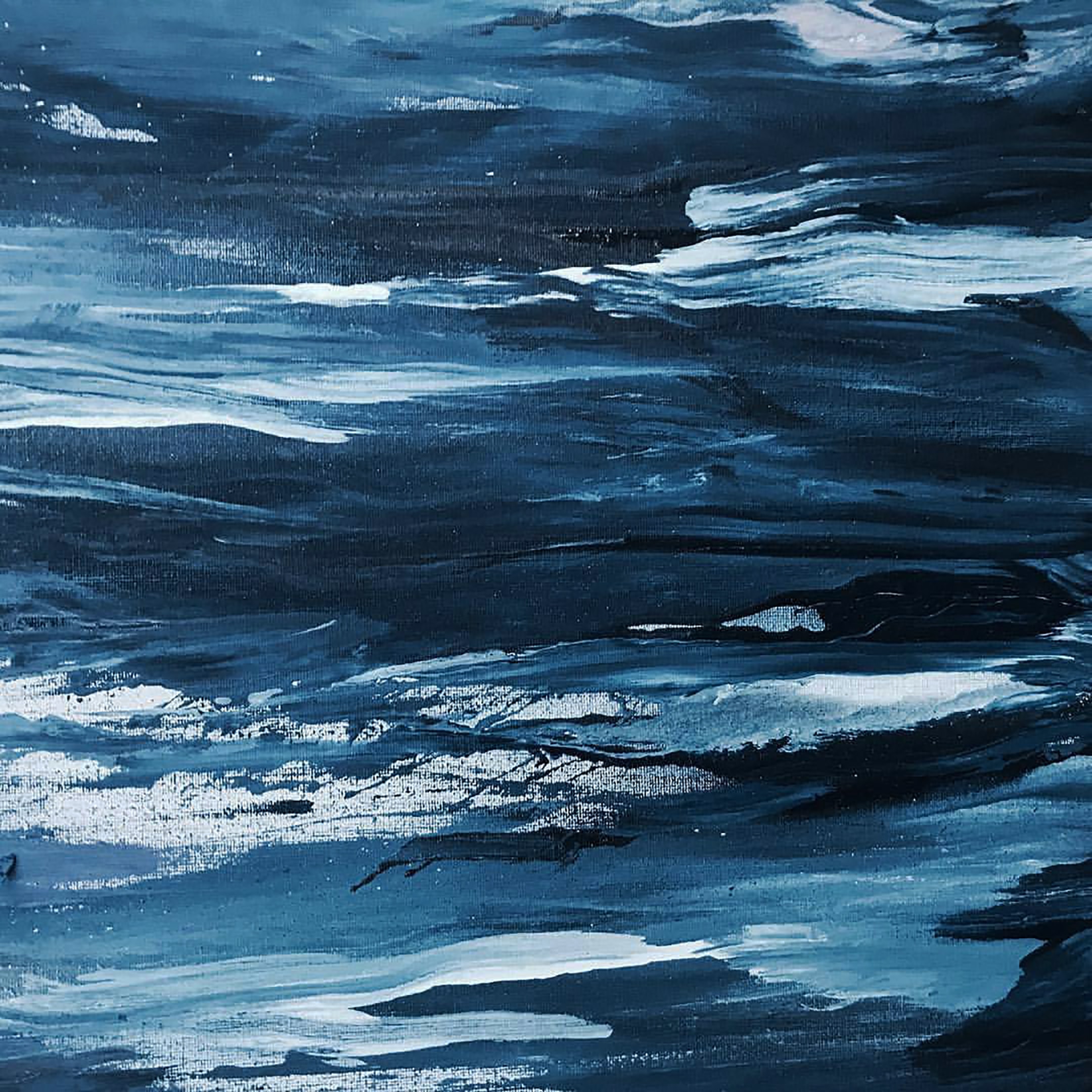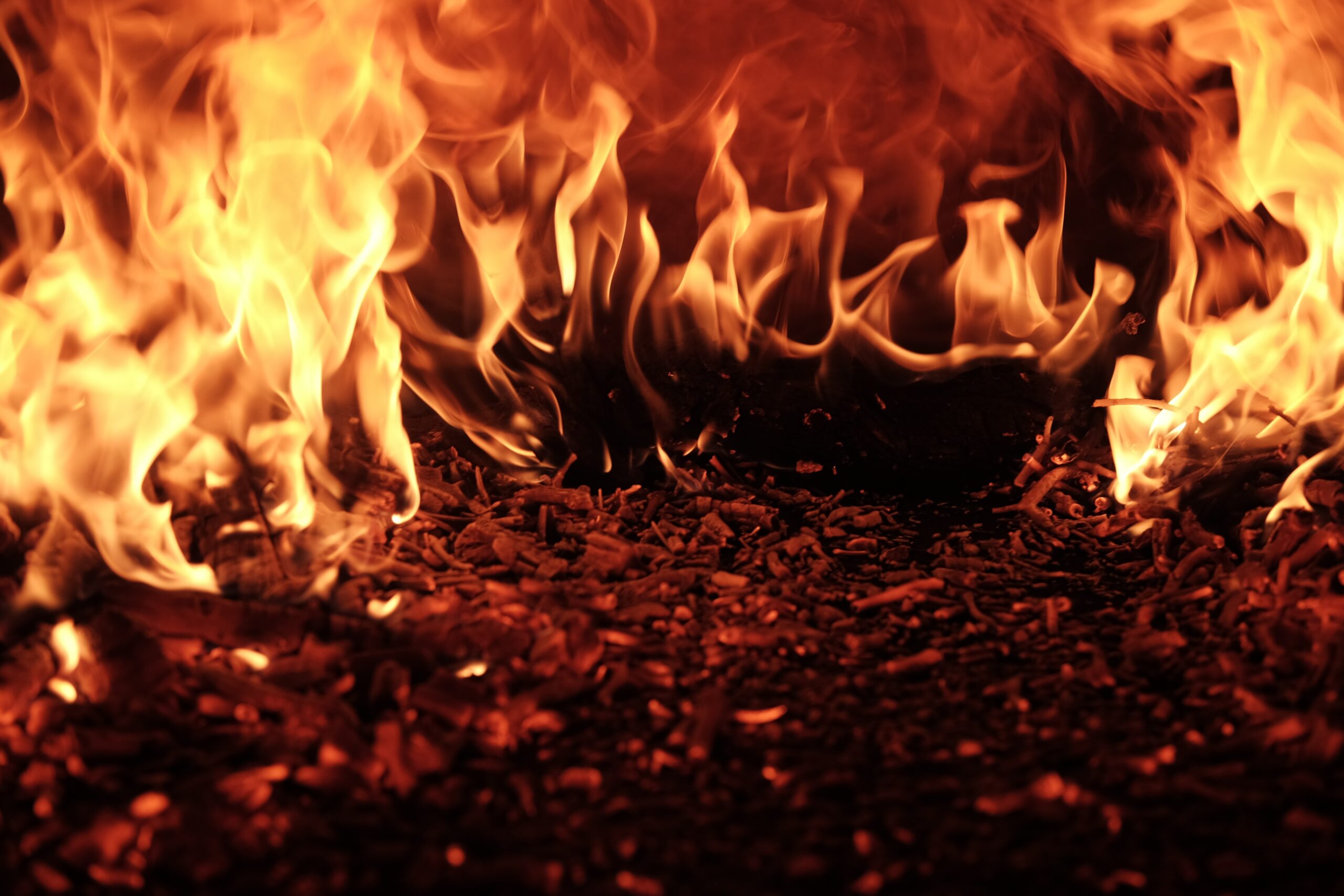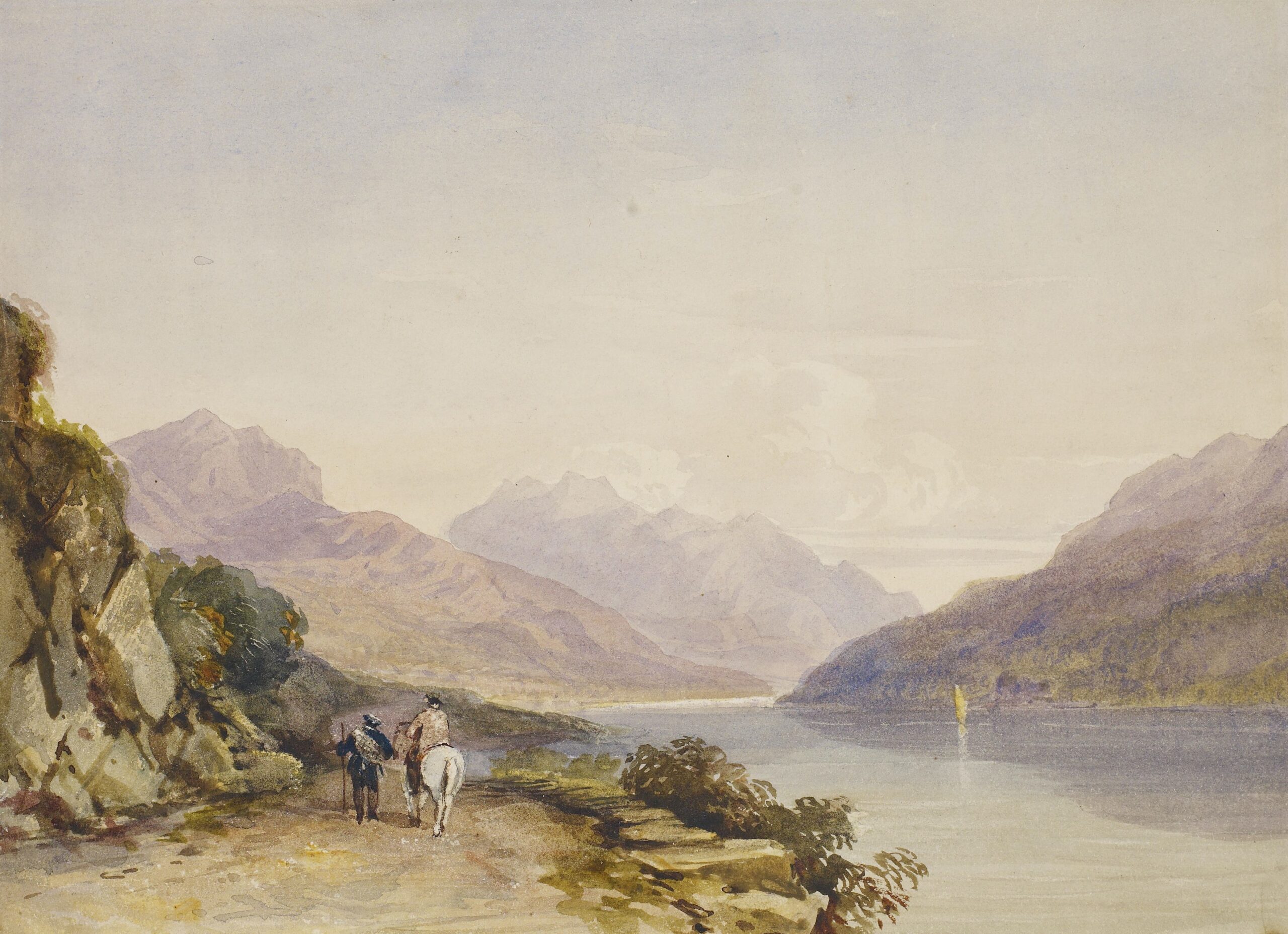Gouache paint, often admired for its vibrant colors and velvety finish, is a popular medium among artists. However, a common question that arises is whether gouache paint is oil-based. Understanding the composition of this versatile paint is crucial for artists seeking to achieve specific effects and preserve their artwork for years to come. In this article, we will explore the characteristics and properties of gouache paint to determine whether it falls under the category of oil-based paints.
Note: This article is focused on providing information and does not offer an opinion or personal insight on the subject matter.

This image is property of images.unsplash.com.
What is Gouache Paint
Definition of Gouache Paint
Gouache paint is a medium that originated in the late Middle Ages and has since become a popular choice among artists due to its unique qualities. It is a type of opaque watercolor paint that provides vibrant and intense colors. Gouache paint consists of pigments, binders, and additives that are mixed together to create a creamy and smooth consistency. It can be applied to a variety of surfaces, including paper, canvas, and board, and is known for its versatility and versatility.
Characteristics of Gouache Paint
Gouache paint possesses several distinctive characteristics that set it apart from other types of paint. Firstly, it is highly opaque, allowing for excellent coverage and the ability to easily correct mistakes. The pigments used in gouache paint are finely ground, resulting in a velvety matte finish that is ideal for creating flat and solid areas of color.
Gouache paint also has a quick drying time, allowing artists to work rapidly and build layers of paint without having to wait for extended periods. Additionally, gouache can be thinned with water, making it versatile and allowing artists to achieve various degrees of transparency and opacity. Another important characteristic of gouache paint is its ability to retain its vibrancy even when it dries, ensuring that the colors remain true and do not fade over time.
Types of Paint
Oil-based Paint
Oil-based paint, as the name suggests, consists of pigments that are suspended in oil, commonly linseed oil. This type of paint has been used for centuries and is beloved for its long drying time, allowing artists to blend and manipulate the paint on the canvas for an extended period. Oil-based paint provides a lustrous and glossy finish, and its slow drying time also allows artists to work on their pieces over several sessions.
Water-based Paint
Water-based paints are those that are mixed with water as a solvent, allowing for easy application and clean-up. This category includes mediums such as acrylic paint and gouache paint. Water-based paints have gained popularity in recent years due to their versatility and ease of use. These paints dry quickly, allowing for more immediate results, and can be easily mixed to create a wide range of colors.
Composition of Gouache Paint
Pigments
The pigments used in gouache paint are responsible for its color and opacity. These pigments are finely ground and carefully selected to ensure vibrant and long-lasting colors. Gouache pigments are typically derived from minerals, organic materials, or synthetic compounds. The quality and composition of the pigments used can greatly affect the overall performance and appearance of the paint.
Binders
Binders play a crucial role in gouache paint by holding the pigments together and allowing them to adhere to the painting surface. The most common binder used in gouache paint is gum arabic, a sap obtained from the acacia tree. Gum arabic creates a cohesive and adhesive consistency, enabling the paint to stay in place once applied. This binder also contributes to the water-solubility of gouache paint, allowing for easy manipulation and reactivating with water.
Additives
Additives are often included in gouache paint to enhance its performance and characteristics. These additives may include preservatives to extend the shelf life of the paint, anti-foaming agents to prevent bubbles from forming during mixing, and wetting agents to improve the flow and workability of the paint. These additives are carefully selected and incorporated into the paint formulation to ensure optimal results and user experience.
Distinguishing between Gouache and Oil Paint
Different Base
One of the key distinctions between gouache paint and oil paint lies in their base. Gouache paint is water-based, meaning that it is mixed with water as a solvent. On the other hand, oil paint is oil-based, using oil, typically linseed oil, as its medium. This fundamental difference gives each type of paint its unique properties and characteristics.
Application Technique
Gouache paint is usually applied with a brush, similar to other types of painting techniques. However, due to its water-solubility and quick drying time, gouache paint allows for more versatile application techniques. Artists can apply gouache paint in thin washes, layering colors to build depth and intensity, or they can apply it more thickly to create bold and opaque areas. In contrast, oil paint requires more deliberate application techniques and often involves building up layers of paint over an extended period.
Opacity
Opacity is another distinguishing factor between gouache paint and oil paint. Gouache paint is highly opaque, meaning it provides excellent coverage and can easily cover underlying layers of paint. This makes gouache paint ideal for creating flat and solid areas of color. Oil paint, on the other hand, can be more transparent or semi-transparent, depending on the pigments used. This allows for more nuanced layering and blending of colors.
Drying Time
The drying time of gouache paint differs from that of oil paint. Gouache paint dries relatively quickly, usually within minutes to a few hours, depending on the thickness of the application. This allows artists to work rapidly and make adjustments without having to wait for the paint to dry. In contrast, oil paint has a much longer drying time, often taking days to weeks to fully dry. This characteristic of oil paint provides artists with extended working time and the ability to blend and manipulate the paint on the canvas for longer periods.

This image is property of images.unsplash.com.
Advantages of Gouache Paint
Color Vibrancy
One of the primary advantages of gouache paint is its impressive color vibrancy. The high concentration of pigments in gouache allows for intense colors that remain bright and true even after drying. This makes gouache paint an excellent choice for artists who seek bold and vibrant results in their artwork.
Easy Manipulation
Gouache paint’s water-soluble nature makes it easy to manipulate and achieve desired effects. Artists can dilute gouache with water to create washes or glazes, or they can apply it more thickly to achieve rich and opaque layers. The ability to reactivate the paint with water also allows for easy blending and corrections, giving artists greater control and flexibility in their artistic process.
Layering and Repositioning
Gouache paint’s quick drying time enables artists to layer colors and make adjustments without extended waiting periods. This is particularly advantageous for artists who work in a more spontaneous and experimental manner, as they can quickly build up multiple layers of color or reposition elements within their artwork. Gouache’s ability to be reactivated with water also allows for seamless blending and transitioning between colors.
Disadvantages of Gouache Paint
Reactivation with Water
While the ability to reactivate gouache paint with water is advantageous for blending and corrections, it can sometimes pose challenges. If the artwork comes into contact with moisture or water after completion, the colors can become reactivated and smudge. This reactivation can be problematic, especially for artwork that may be exposed to humidity or moisture in the long run. Artists must take precautions to protect their gouache paintings from contact with water to ensure their longevity.
Fragility
Gouache paint, despite its vibrant colors and versatility, can be more fragile compared to other types of paint. The nature of gouache’s binder, gum arabic, means that it may not have the same adhesion or durability as oil or acrylic paint. Consequently, gouache paintings may be more susceptible to cracking or flaking if not handled and stored properly. This fragility necessitates careful handling and protective measures to ensure the integrity and longevity of gouache artworks.
Less Sheen
Unlike oil or acrylic paint, gouache paint typically dries to a matte finish rather than a glossy or shiny surface. While this may be a desirable characteristic for some artists, it can also limit certain visual effects or stylistic choices. Artists who seek the luster and sheen of a glossy finish may find gouache paint’s matte nature less appealing for certain artistic purposes.

This image is property of images.unsplash.com.
Handling and Storage of Gouache Paint
Preventing Drying and Cracking
To ensure the longevity and quality of gouache paint, it is important to handle and store it properly. One of the most important considerations is to prevent the paint from drying out and cracking over time. Artists should keep their gouache paint tubes tightly sealed when not in use to prevent air exposure. Additionally, storing gouache paint in a cool and dry environment can help mitigate the risk of drying and cracking.
Proper Cleaning of Brushes
Properly cleaning and maintaining brushes used with gouache paint is essential to ensure their longevity and performance. After every painting session, brushes should be thoroughly rinsed with water to remove any residual paint. Artists should gently reshape the bristles and allow the brushes to air dry before storing them. Regular cleaning and care of brushes will help prevent the build-up of dried paint and prolong their lifespan.
Techniques and Applications of Gouache Paint
Traditional Gouache
Gouache paint has a long history in traditional art, particularly in illustration and design. Its matte finish and vibrant colors make it a popular choice for creating solid and flat blocks of color. Traditional gouache techniques often involve layering the paint to build texture and depth, as well as using precise brushwork for intricate details. This versatility has made gouache a preferred medium for artists working in various styles, ranging from realism to graphic design.
Illustration and Design
Gouache paint’s opacity and vibrant colors make it a preferred medium for illustrators and designers. It is commonly used for creating book illustrations, editorial illustrations, and poster designs. The ability to rework and correct mistakes easily, as well as the versatility in achieving various levels of transparency and opacity, allows artists to produce highly detailed and visually captivating illustrations.
Mixed Media Art
Gouache paint also lends itself well to mixed media art. Artists often combine gouache with other mediums such as colored pencils, ink, or collage materials to create unique textures and effects. The ability of gouache to adhere to various surfaces, including paper, canvas, and board, makes it suitable for incorporating into mixed media artworks. This allows artists to experiment with different materials and techniques to achieve visually intriguing compositions.

Common Brands and Manufacturers of Gouache Paint
Winsor & Newton
Winsor & Newton is a renowned brand known for its high-quality art supplies, including gouache paint. Their gouache paint sets offer a wide range of vibrant colors and excellent coverage. Winsor & Newton gouache paint is well-regarded among artists for its consistency, color brilliance, and lightfastness.
Holbein
Holbein is another prominent manufacturer of gouache paint, known for its exceptional quality and color range. Holbein’s gouache paint is highly pigmented and offers a smooth and opaque finish. Artists appreciate Holbein gouache for its intense and uniform colors, as well as its lightfastness and durability.
M. Graham & Co.
M. Graham & Co. produces high-quality gouache paint that is lauded for its rich colors and creamy consistency. Their paints are made with pure, natural gum arabic and high-quality pigments, resulting in vibrant and lightfast colors. M. Graham & Co. gouache paint is a popular choice among artists who prioritize environmentally friendly and ethically sourced materials.
Schmincke Horadam
Schmincke Horadam is a reputable brand that offers a wide range of art supplies, including gouache paint. Their gouache paints are known for their intense colors, excellent covering power, and lightfastness. Schmincke Horadam gouache is favored by artists for its smooth consistency, allowing for exceptional brush control and blending.
Conclusion
In conclusion, gouache paint is a versatile and vibrant medium favored by many artists for its unique characteristics. Its opaque nature, ability to be reactivated with water, quick drying time, and vibrant color range make it an appealing choice for various artistic styles and applications. While gouache paint does have certain disadvantages, such as its reactivatability with water and its fragility, proper handling and care can help mitigate these concerns. Overall, gouache paint offers artists a wide range of creative possibilities and continues to be a popular choice in the art world.




